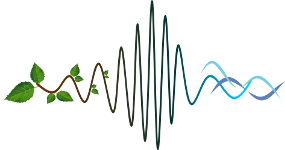For public health, economical and environmental reasons, surveying of bird populations is a major issue because of their proximity with humans. We propose a passive acoustic method that allows to assess the social structure of wild-type population and estimate several parameters of social groups. Whole population acoustic network assessment can be a powerful tool to analyze and study important social groups of birds.
However studies have focused mostly on vocal communication between two individuals and little is known about properties emerging from an acoustical network where several individuals are involved. On the other hand, animal social network analysis relies on static graphs of proximity -- proximal -- and most of the time ignore more distal information such as acoustic network of whole groups.
Our study aims to provide a non-invasive and cheap method to investigate the characteristics of a gregarious species social network. We developed an in-house software suite that automatically detects vocalizations from hours of passive recording in a whole group setup.
We tested our setup in lab conditions. Our mathematical model can extract temporal and acoustic features and is able to infer some of the social network structure. For example, it seems that simple correlates were shown to indicate precisely the sex ratio composition and the pair bond ratio.
Thus, this method uses bioacoustics as a tool to access the social group quality across several scales (individual and relationship between individuals). It can also bring information about the evolution of this group quality by allowing passive recordings over long period of time.

 PDF version
PDF version
